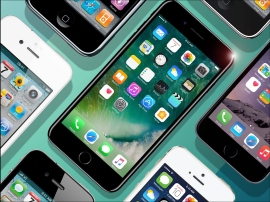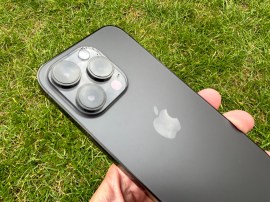LG G7 ThinQ vs Samsung Galaxy S9: the weigh-in
This familiar showdown takes on a new form in 2018
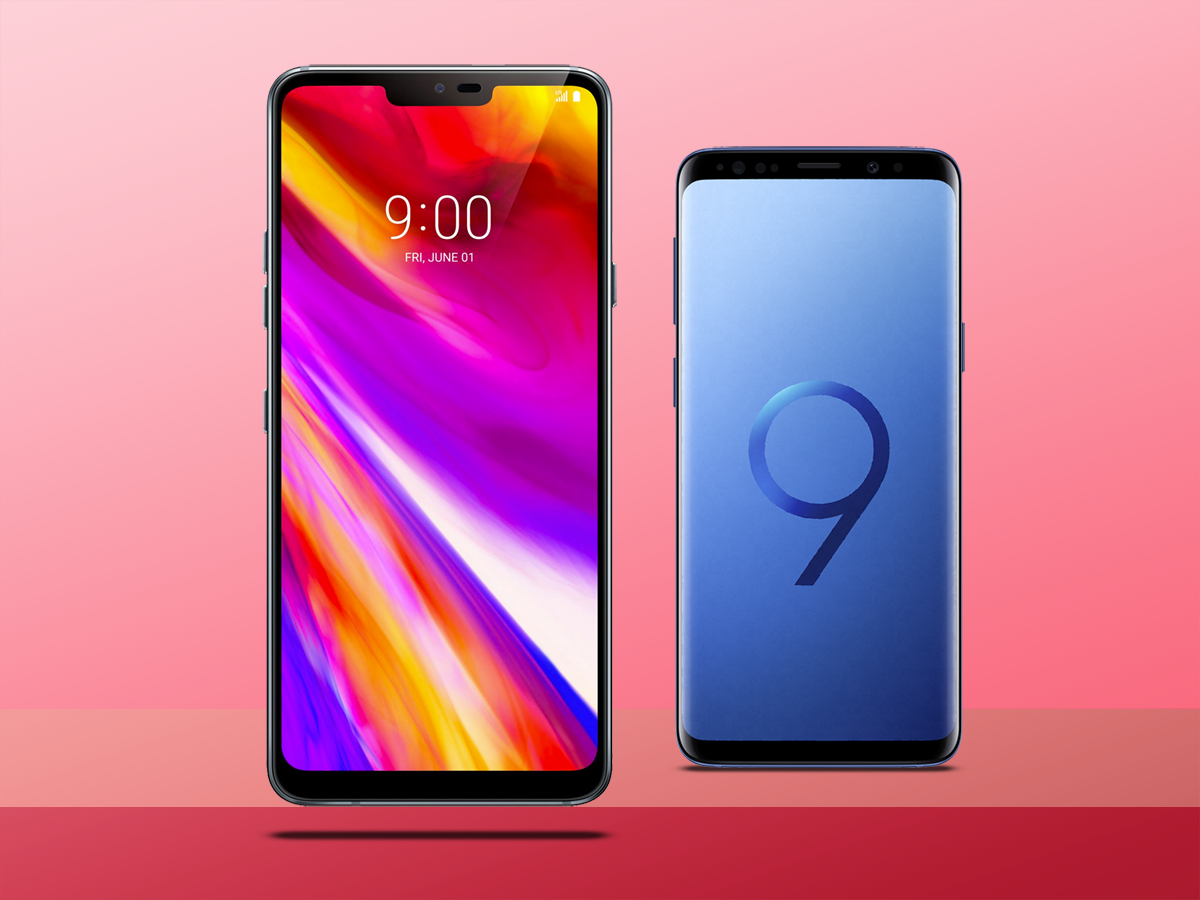
LG G7 ThinQ vs Samsung Galaxy S9: the weigh-in
LG recently took the wraps off of the curiously-named G7 ThinQ, and with the later-than-usual launch, it comes with a few extra features that LG hopes will set it apart from the pack. We already know that the Samsung Galaxy S9 is a stunner but the G7 ThinQ seems like a pretty compelling alternative. Here’s how we think this battle will shake out.
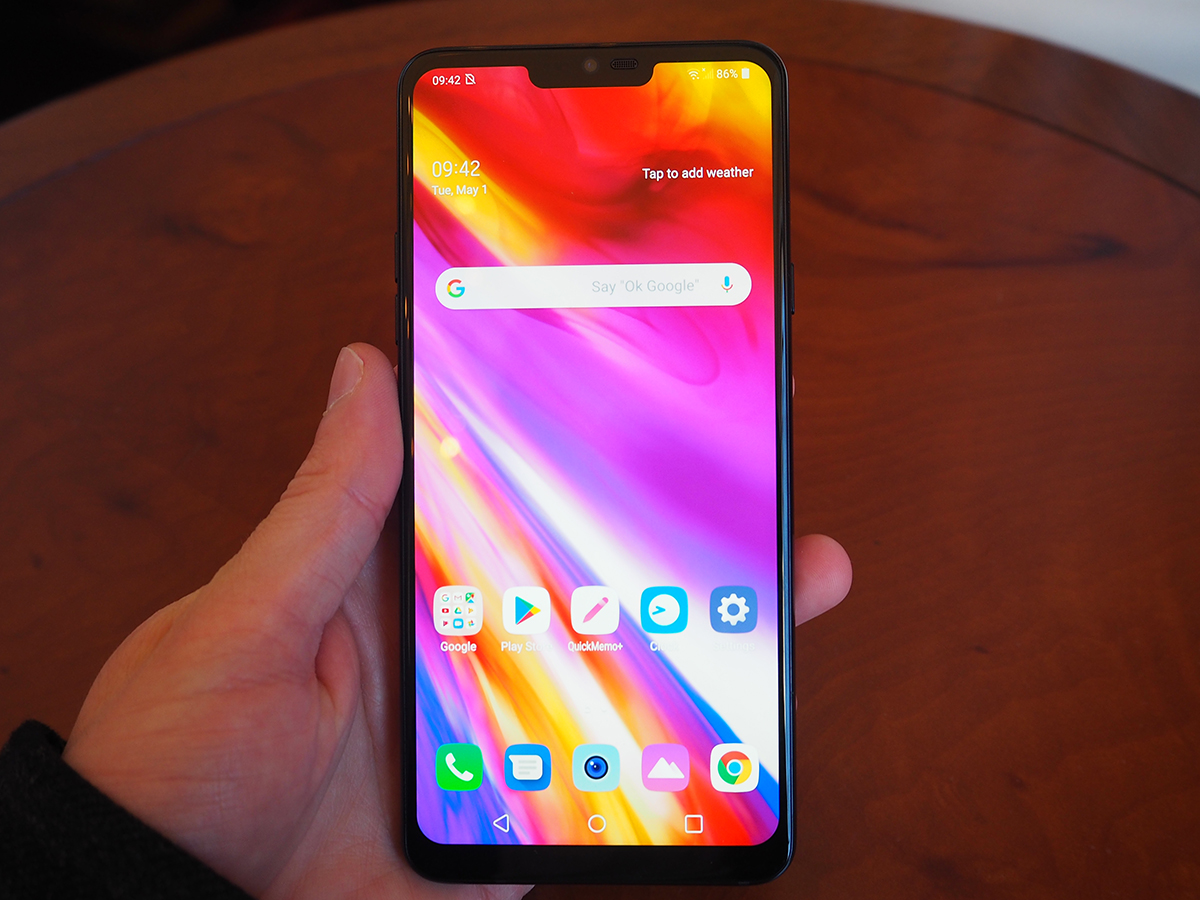
Design: Sleek beasts
The LG G7 ThinQ has a familiar face: it adopts the same kind of notched design introduced by the Apple iPhone X. That doesn’t give the G7 ThinQ the most distinctive allure, although the chin at the bottom is smaller than on last year’s G6. The Galaxy S9, however, is still a pretty sleek and distinctive-looking handset, it’s just a shame that it’s practically identical to the Galaxy S8. Samsung didn’t do much this time around aside from moving the awkwardly-placed fingerprint sensor to a better spot, but it’s hard not to like the curved glass and slim build.

Screen: To notch… or not to notch?
While most flagship phones come with OLED screens, LG has stuck with an LCD for the G7 ThinQ. Fortunately, it’s an excellent one: 6.1in QHD+, extra-tall with a Super Bright mode that really dazzles. Plus you can hide that notch using a software setting if it really irks you. On the other hand, the Galaxy S9 houses the current best smartphone screen on the market: a 5.8in QHD+ Super AMOLED display that is wonderfully bright, crisp, and vibrant. LG’s screen might be darn close, but we have to think OLED gives Samsung a slight edge here.
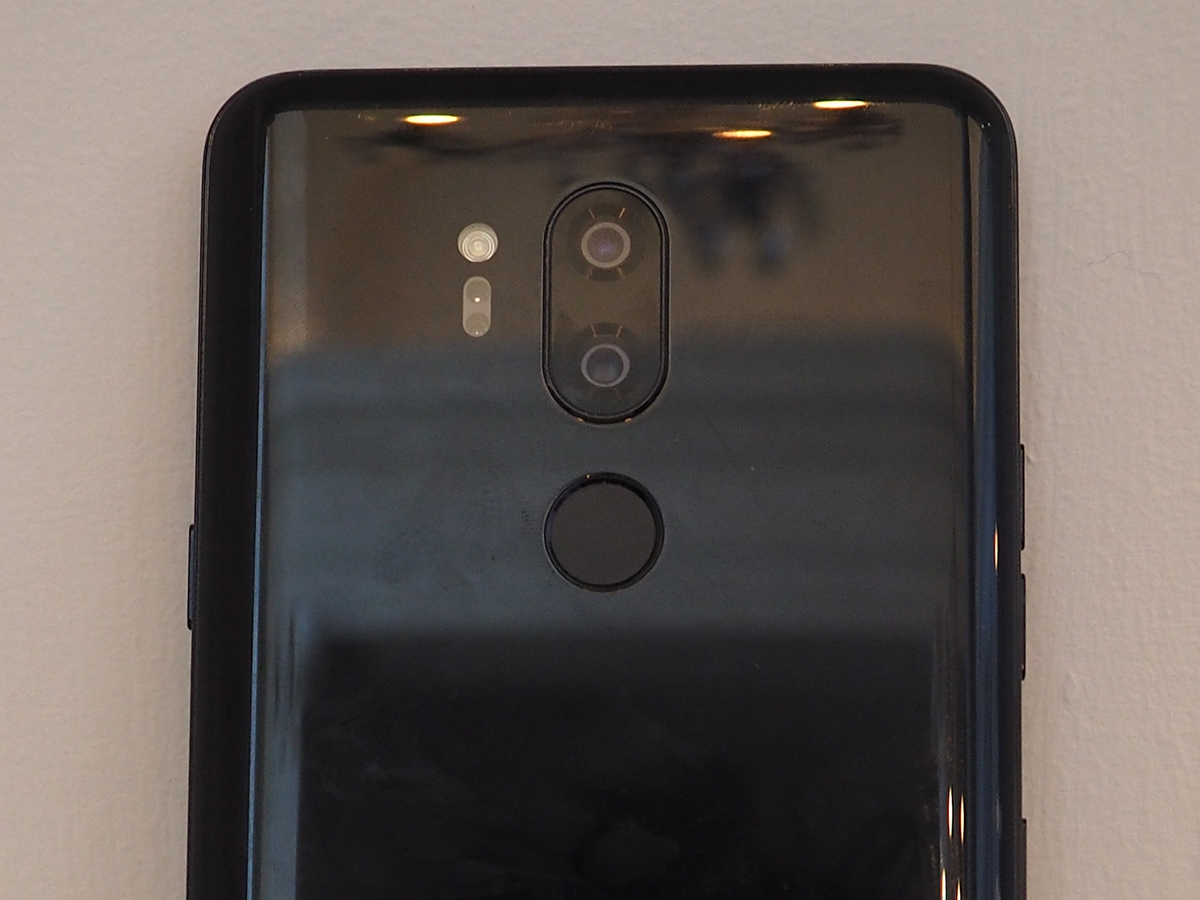
Camera: More is more
The S9 single 12-megapixel rear camera is excellent, with a variable aperture that swaps between the default f/1.5 setting and f/2.4. It doesn’t make a huge difference in the daytime, but low-light shots do benefit. LG has added a second 16MP back snapper: one standard (f/1.6) and the other wide-angle (f/1.9). The phone’s ThinQ AI assistance automatically switches shooting modes to maximize the results, plus there’s a Super Bright mode for low-light shots.
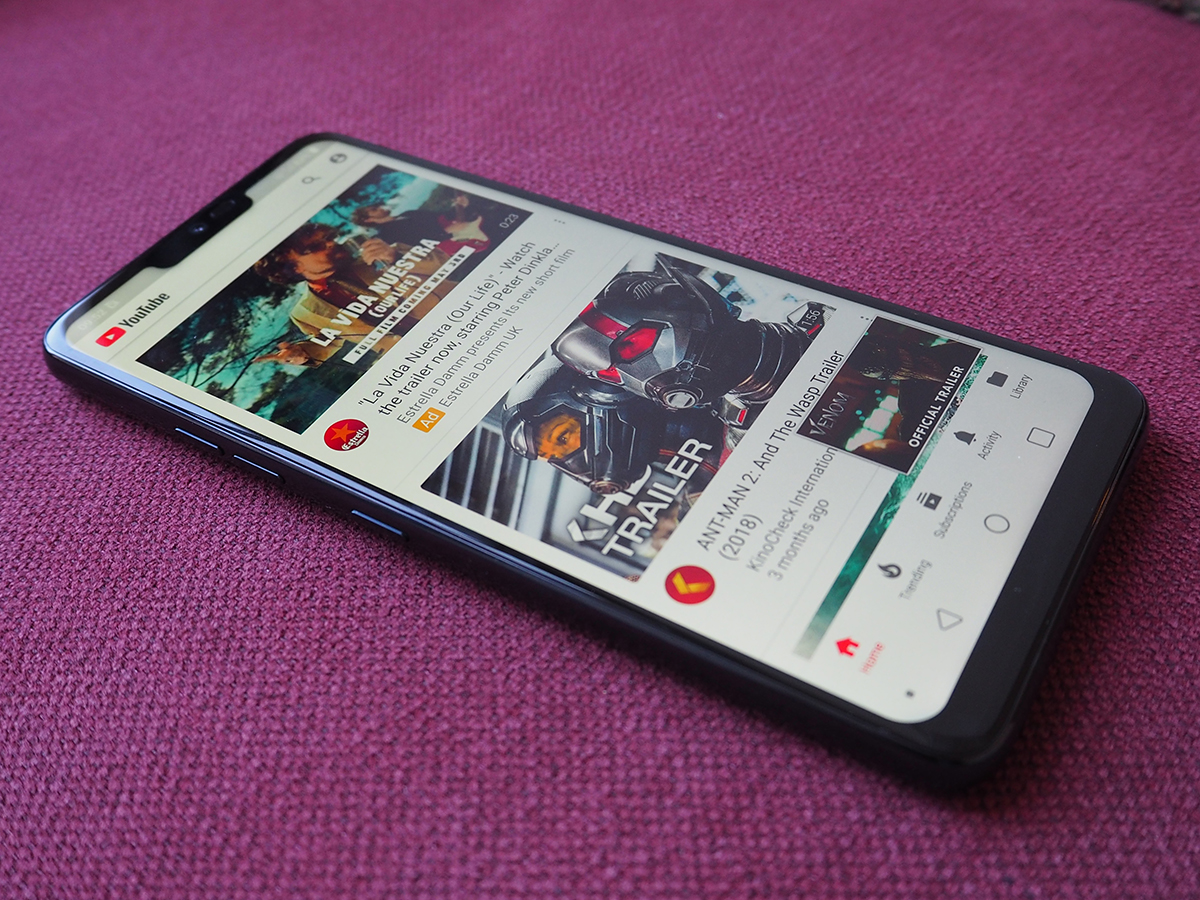
Performance: Serious speed
Both of these phones use top-of-the-line processors: the Samsung has an Exynos 9810, while the LG uses the Snapdragon 845. Both of these phones have 4GB RAM to help move things along. The Exynos chip shows improvements on benchmark tests, providing a bit more processing power for developers to play with, but the Snapdragon isn’t far behind. And in day-to-day use, both of these Android Oreo-packing phones are blazingly fast.
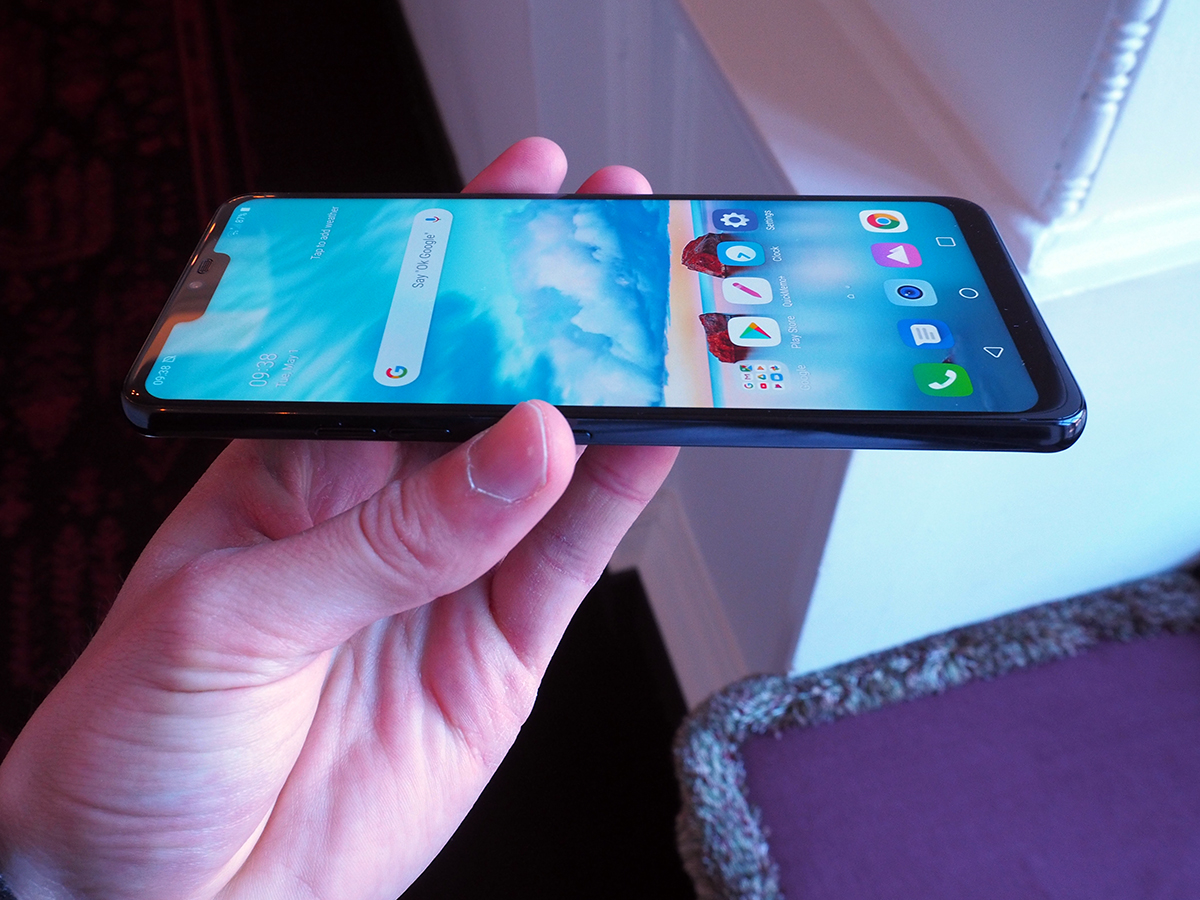
Battery and perks: Similarities and differences
There’s not much to split these two when it comes to juice: both have 3000mAh batteries and support wireless charging. Both also offer 64GB or 128GB of internal storage that’s expandable via microSD, although Samsung goes a step further with an additional 256GB option. They also both preserve the 3.5mm headphone port. Each one has a button on the side for their respective virtual helpers, although the Samsung opts for the underwhelming Bixby over the G7’s Google Assistant. The LG also has extra exclusive abilities you won’t find on any other phone, plus its far-field microphones mean it’ll hear you from further away.
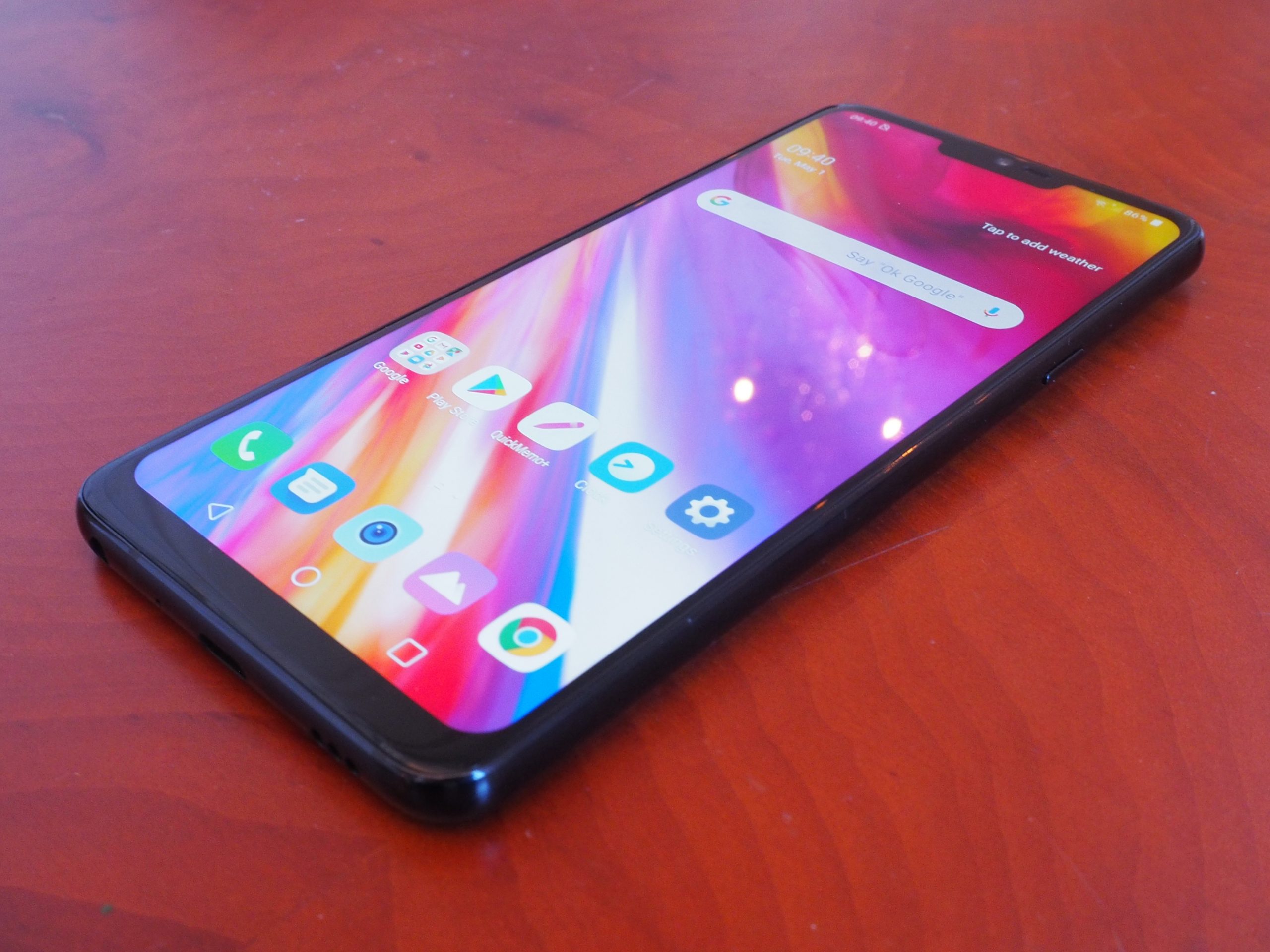
Initial verdict: Tough call
In a lot of ways these Android flagship phones are very much alike: they’re sleek and powerful with beautiful screens, but without knowing how much the LG is going to cost it’s impossible to call this one. Samsung has consistently won this battle over the last few years but the LG’s dual camera, notched screen and AI assistance could give it the edge this time, particularly if it comes in a decent chunk cheaper than the S9.

